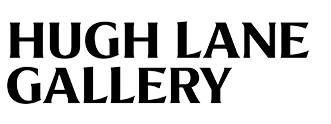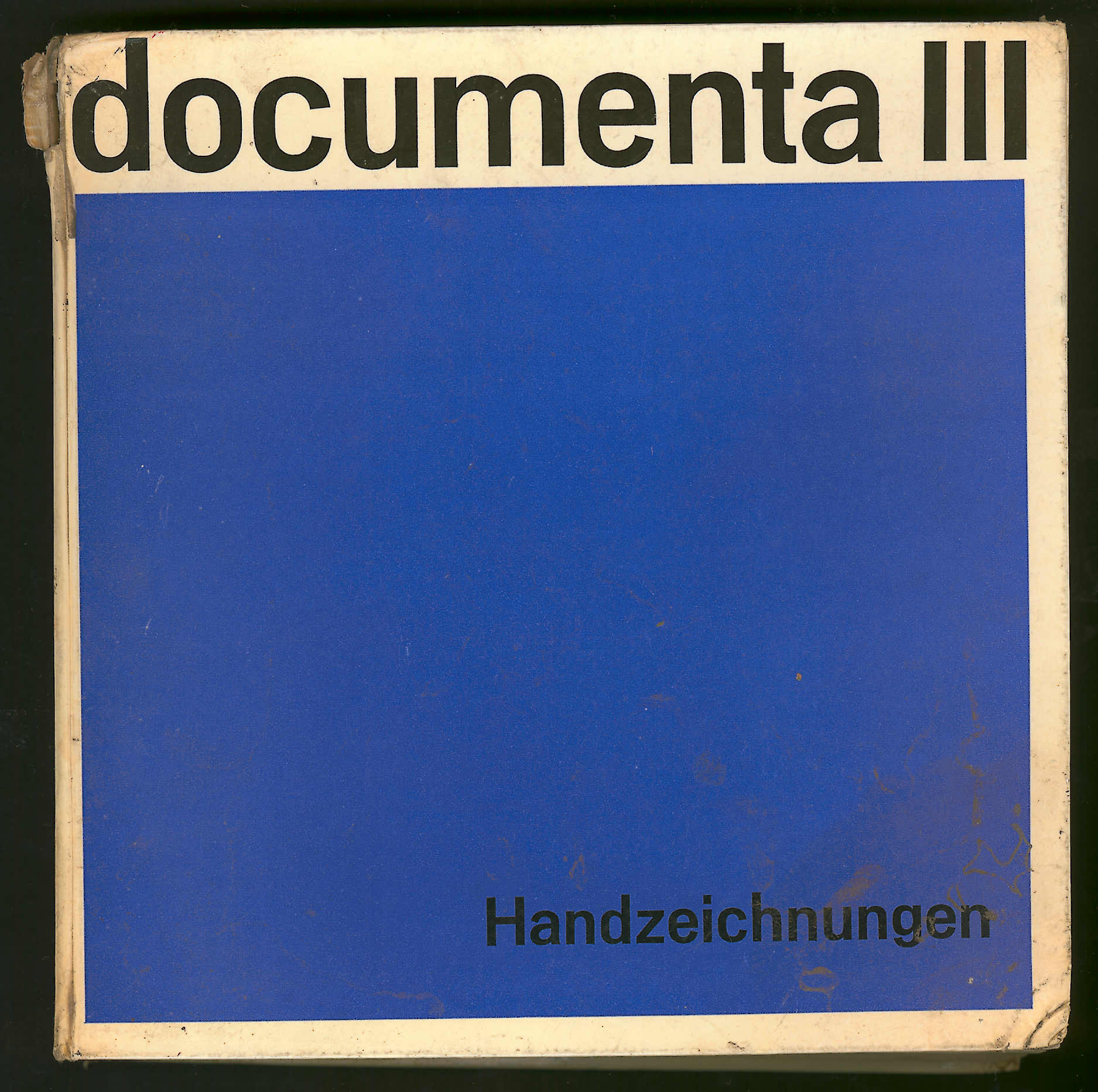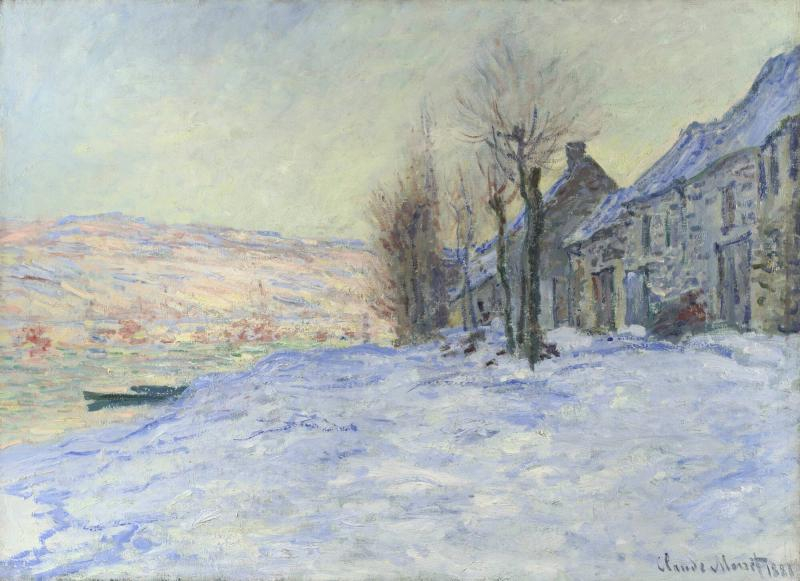New Francis Bacon Studio Archive display at Hugh Lane Gallery.
Over 470 books were found in Francis Bacon’s studio on subjects drawn from medicine, wildlife, cinema, literature and sport, among other subjects. Bacon saw himself as having been ‘ a late starter in everything..’ As he said: ‘… I think I was kind of delayed.’ Many books on art historical subjects, as well as exhibition catalogues of Bacon’s own work and those of other artists, were found among the items in the studio. Like his commissioning photographs of friends which allowed him to paint at a distance from his subject, some of Bacon’s most significant work was based on reproductions of work by other artists. Bacon had a voracious visual appetite and looking at the work of artists such as Michelangelo or Rembrandt could suggest both the grandeur and fragmentation of form as well as the magnificent tension between the depiction of reality and painterly technique. Bacon declared to being ‘obsessed’ with Velazquez’s masterpiece Portrait of Pope Innocent X (1650) and many reproductions of this and other works by Velazquez, Michelangelo and Rembrandt were found among the items in his studio. The depiction of a screaming mouth was the subject of fascination for Bacon and he considered Poussin’s painting The Massacre of the Innocents to be the best representation of the human cry in painting. The colour of the mouth intrigued Bacon and he aspired to paint the mouth ‘like Monet painted a sunset.’ A particular work of Van Gogh, The Painter on the Road to Tarascon (1888), also inspired painted variations on a theme by Bacon during the 1950s. Rather than aiming to tell a story in his painting he aimed for a ‘short hand of sensation’ and the vivid reality of Van Gogh’s painting, in particular his depiction of ‘the violence of the grass’ was just one of the ways Bacon was captivated by the painting. Bacon owned a copy of the French translation of Van Gogh’s letters to his brother Theo, and the correspondence between the pair was a source of immense interest to Bacon. Amedee Ozenfant’s book Foundations of Modern Art first published in 1928 discusses philosophy, music and engineering among other diverse themes accompanied by photographic illustrations of disparate subjects such as Greek and Egyptian art, pygmies, apes, distorted reflections in mirrors and machinery.
This wide ranging and inclusive approach echoes Bacon’s own openness to artistic inspiration and combination of unusual sources. Of Louis le Brocquy Bacon said: “Louis le Brocquy belongs to a category of artists who have always existed – obsessed by figuration outside and on the other side of illustration – who are aware of the vast and potent possibilities of inventing ways by which fact and appearance can be reconjugated.” Among the twenty works of art initially selected by Bacon when he was invited to participate in the National Gallery, London’s series of artist curated shows The Artist’s Eye in 1985 were Manet’s Fragments of the Execution of Maximilian and Seurat’s The Bathers, Asnieres. In introducing his choices he remarked how writing or talking about painting was for him only an approximation as ‘painting is its own language and is not translatable into words.’ In contrast it is the fragmentary poses and his unusual combining of art historical and other source material that provided an enduring and fascinating visual dialogue for the artist.






